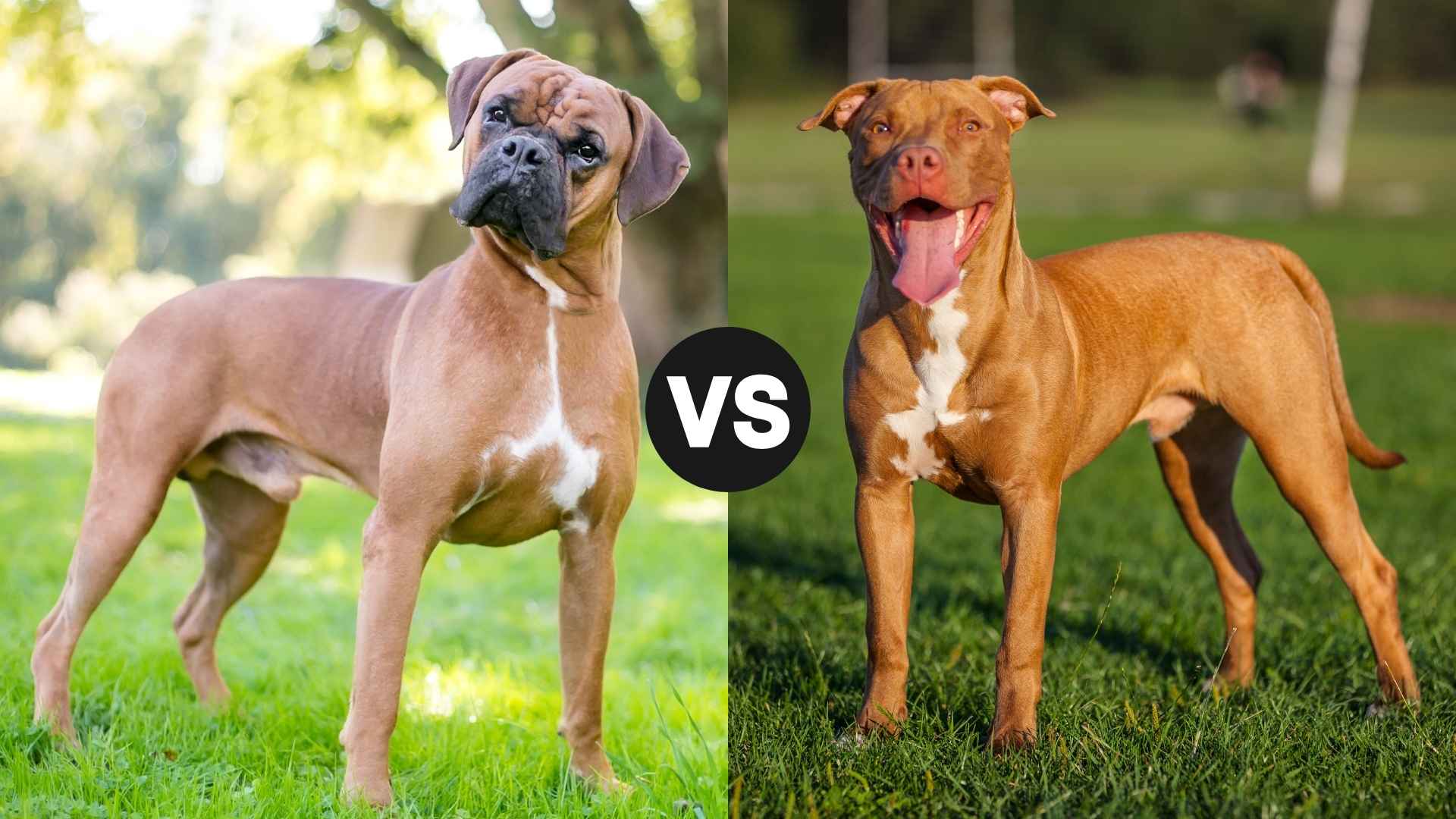Boxers and Pitbulls often get judged before people even meet them. The names sound tough, and the muscles don’t help their case either. But if you’ve ever lived with one, you know the truth.
These dogs are full of love, loyalty, and character. The Boxer is a goofball wrapped in muscle — always bouncing, always ready to make you laugh.
The Pitbull is a calm protector, watching over you with quiet devotion. They’re both loyal, both strong, but how they love you is where things get interesting.
This article clears the air. No hype. No drama. Just the facts about what makes each breed tick. If you’ve been stuck in the middle, wondering which one fits your lifestyle better, we’ve got your answer.
Boxer vs. PitBull
Breed History and Origins
Boxer: The Working Gentleman
Boxers originated in Germany in the late 1800s and were bred from the now-extinct Bullenbeisser, a mastiff-type dog once used for big-game hunting, as highlighted by All Boxer Info.
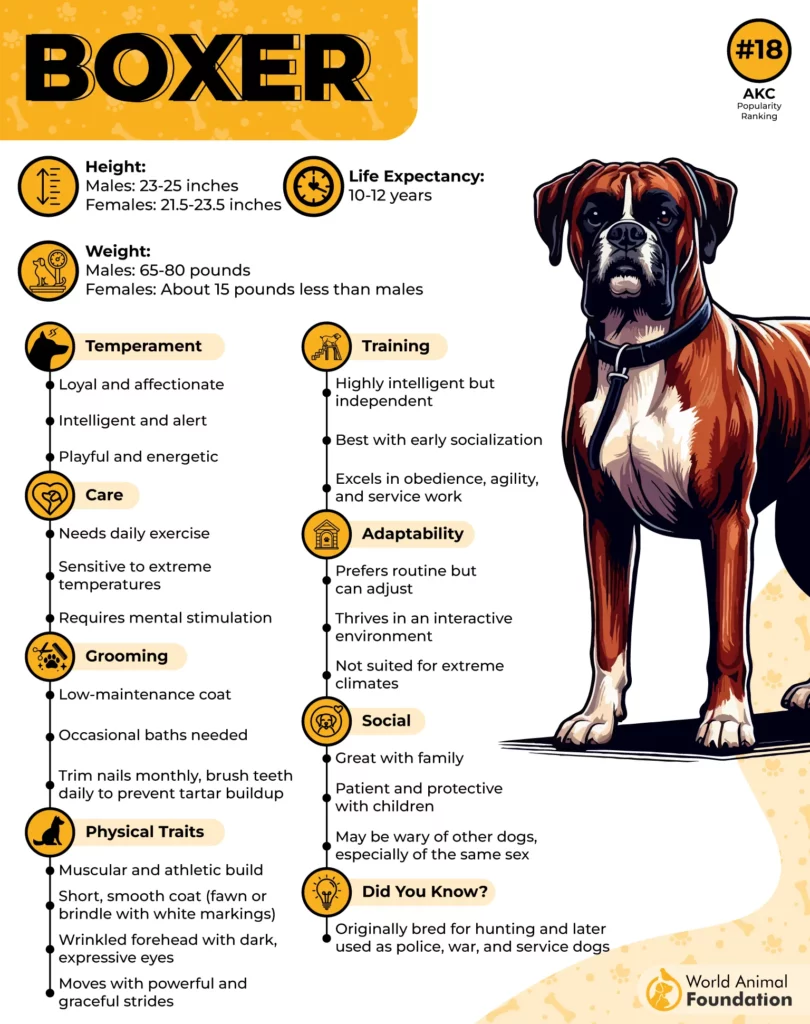
As wild boar hunting declined, breeders began refining Boxers to be more agile and manageable, suitable for guarding, herding, and companionship. Their expressive faces and eager-to-please attitude quickly made them household favorites.
By the early 20th century, Boxers were already being used as guard dogs, military messengers, and even police K9s in Europe. Their intelligence and energy explain their success in obedience and working roles.
Pitbull: Misunderstood but Deeply Rooted
The Pitbull’s history is layered and often misunderstood. Originally developed in 19th-century England by crossing bulldogs with terriers, the goal was to create a dog with both strength and agility, as mentioned in Britannica.
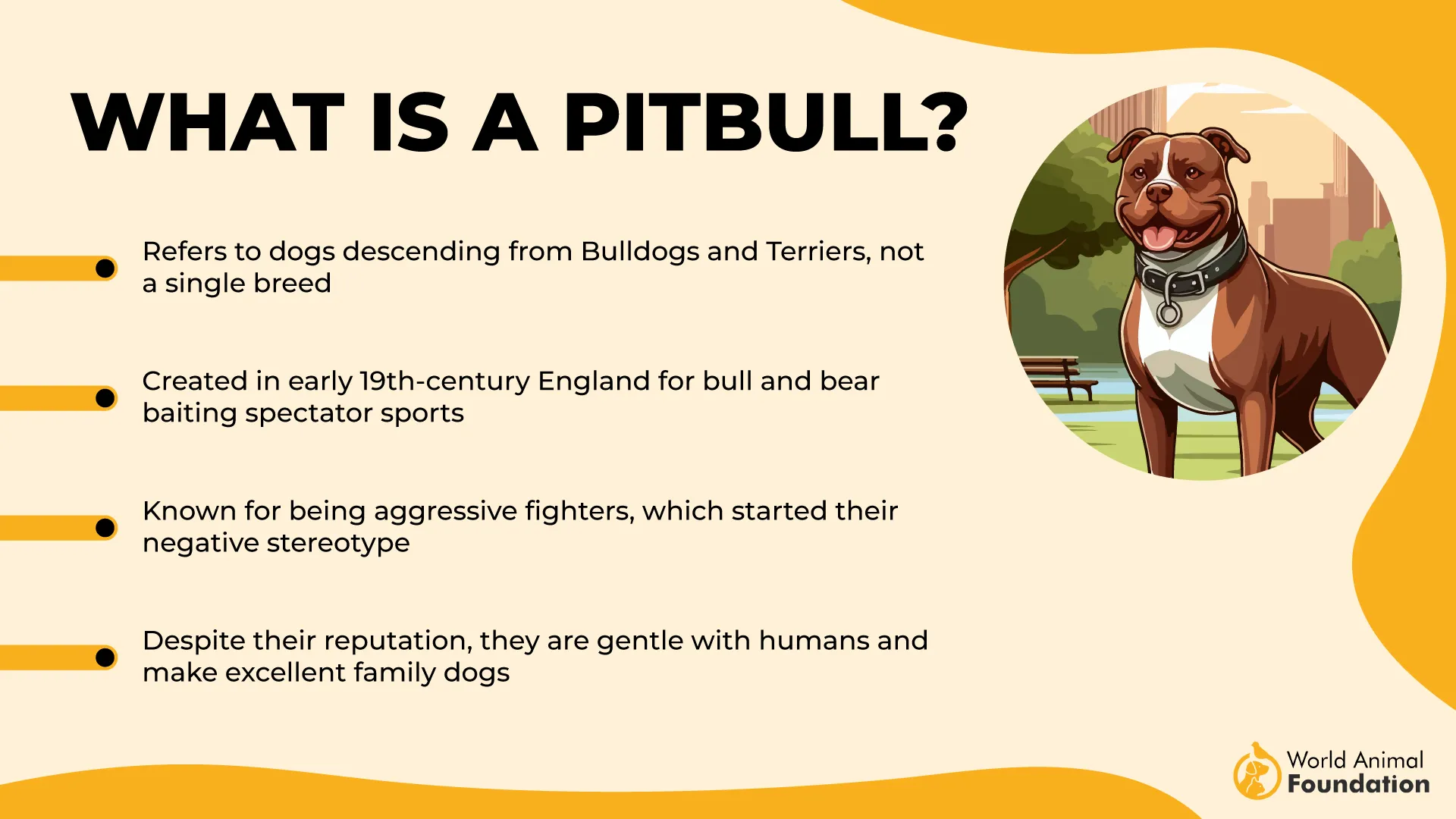
Unfortunately, this mix was also exploited for blood sports, including dog fighting, which is a core reason the breed still faces stigma today.
However, outside of this dark past, Pitbull-type dogs were actually known for their loyalty to humans and gentleness with children. In the U.S., they were referred to as “nanny dogs” in early 20th-century households. Farmers also relied on them as guard dogs, protecting property while staying affectionate with family.
Pitbulls aren’t a single breed but a group of breeds that includes the American Pit Bull Terrier, American Staffordshire Terrier, and others.
Distinctive Physical Characteristics
Head & Facial Features
A Boxer has a noticeably square muzzle, pronounced underbite, and a wrinkled forehead that gives the boxer’s face a curious, alert look, as stated in Purina. Their drooping jowls, combined with expressive eyes, often make them appear both serious and goofy at the same time.

In contrast, the Pit Bull has a broader, more block-shaped head with powerful jaws, a smoother forehead, and tighter lips, giving off a more muscular, streamlined impression.
Body Shape & Structure
Both are powerful dogs, but they carry their strength differently. The Pit Bull is compact and stocky with a low center of gravity, built more like a tank.
Boxers, on the other hand, are leaner and longer-limbed. They’re taller and more agile, with a deep barreled chest that balances their athletic build and adds to their commanding presence.
Coat & Appearance
When it comes to physical traits, Boxers have short, sleek coats that can be fawn, brindle, or white, often with white markings.
Pit Bulls also have short hair, but their coat colors vary more widely, from solid blacks and blues to patchy patterns, as per PetMD. Boxers tend to carry themselves with a springy, almost bouncy gait, while Pit Bulls have a more grounded, purposeful stride.
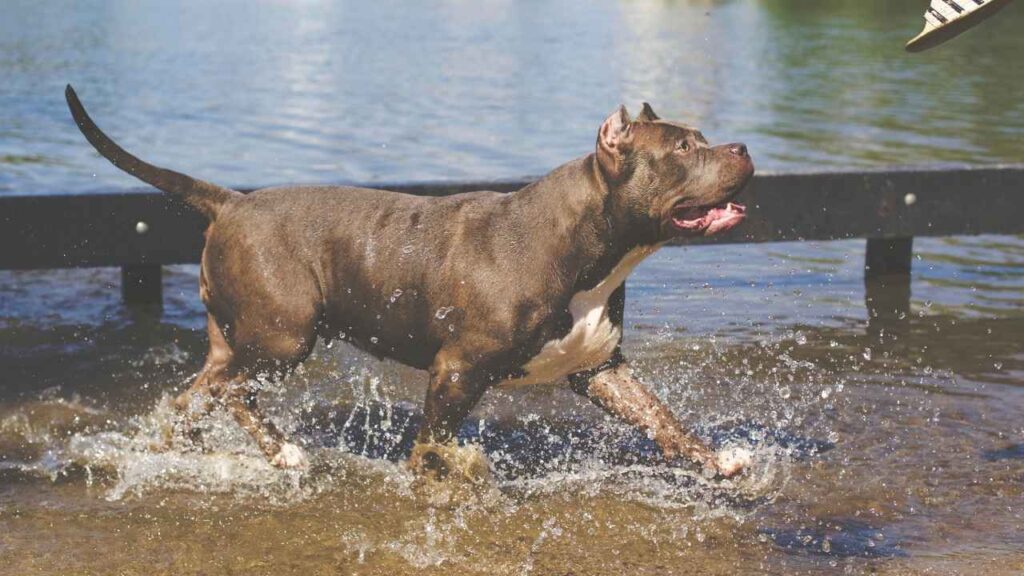
Temperament and Personality
Natural Disposition
Boxers are famously social, goofy, and eager to engage. They’re often referred to as happy dogs because they literally bounce with excitement, whether greeting their humans or just seeing their leash.
Pit Bulls, on the other hand, are more reserved around strangers but incredibly loyal to their inner circle. They thrive on human interaction and are very people-oriented once they trust you.
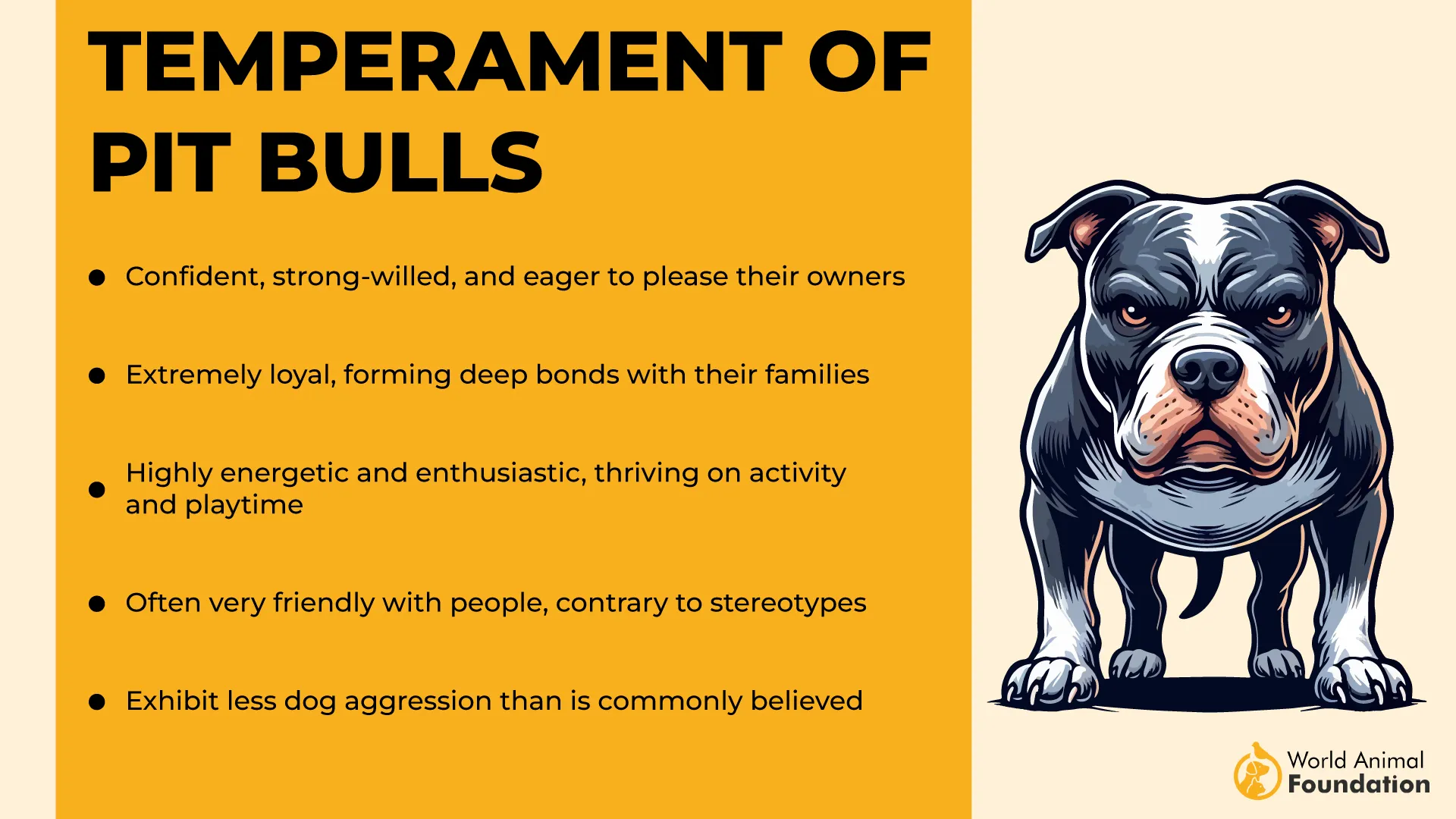
Interaction with Families
Both breeds can be great family dogs, but they require different levels of supervision. Boxers are patient and tolerant, making them a solid choice for households with smaller children—they’re gentle yet playful, knowing when to dial it back.
Pit Bulls are also affectionate with kids, but their strong build means playtime should be monitored. They’re often surprisingly gentle, but their enthusiasm can be overwhelming for toddlers if not managed.
Protective Instincts
Pit Bulls tend to be more naturally alert and protective, as per WebMD. While they’re not aggressive by default, they can be excellent guard dogs simply due to their awareness and devotion to their people.
Boxers are more likely to greet strangers with curiosity before assessing whether there’s a threat, but they won’t hesitate to protect their loved ones when necessary.

Training and Intelligence
Smart but Stubborn
Both Boxers and Pit Bulls are intelligent breeds, but they express that intelligence in different ways. Boxers tend to be curious and quick learners, especially when play is involved.
Pit Bulls are sharp, too, but more task-focused. They may not perform tricks for show, but give them a job to do, and they’ll excel. That said, both breeds benefit most from proper training that’s consistent, firm, and clear in expectations.
Start Early and Stay Consistent
Training from an early age makes a world of difference for both breeds. Boxers can become overly playful and excitable if boundaries aren’t set young, while Pit Bulls without early socialization may develop guarding tendencies.
Introducing structured training sessions early helps prevent future reactivity and ensures they grow up confident, stable, and manageable.
Energy Management is Everything
Both breeds are extremely energetic, and if you’re not burning that fuel daily, it will show in chewed-up furniture or holes in your backyard.
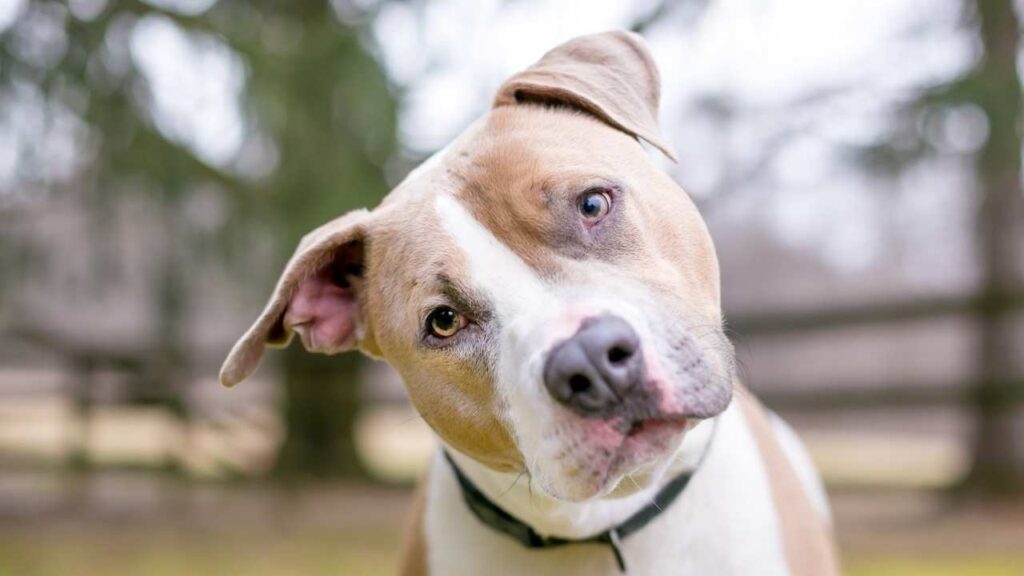
These aren’t dogs that do well with boredom. Without physical and mental stimulation, they can quickly spiral into destructive behaviors, especially when left alone too long or under-exercised.
Train the Body and Brain
While Boxers are naturally more playful and bouncy, truly an agile dog, Pit Bulls are more focused and driven. Use this to your advantage by mixing up your approach: Boxers respond well to games and obstacle courses, while Pit Bulls love focused tasks and puzzle toys.
In both cases, positive reinforcement is the key. Harsh discipline will only backfire. Rewards, praise, and consistency go a long way in shaping a well-behaved companion.
Health and Wellness
Boxers: Prone but manageable
Boxers, while loyal and affectionate, are known for having more breed-specific health vulnerabilities than many dogs.
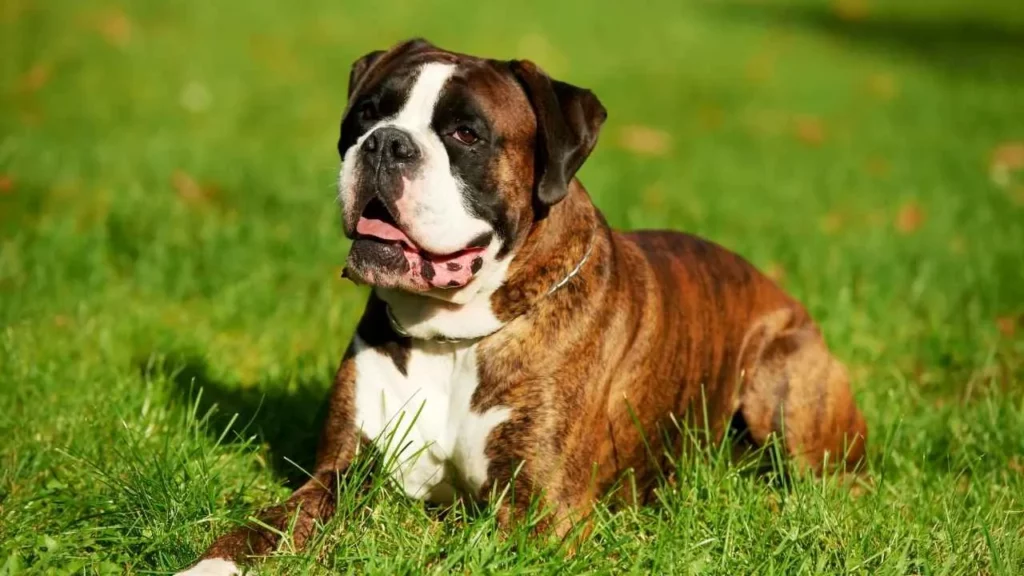
One of the most serious concerns is heart disease, particularly a condition called Boxer cardiomyopathy, as highlighted by UFAW. They’re also at risk for certain cancers, digestive disorders, and thyroid imbalances — all of which should be screened for early.
Pitbulls: Tougher but not invincible
Pitbulls tend to be a relatively healthy breed, especially when responsibly bred and maintained with proper diet and exercise.
However, skin allergies can be an ongoing issue, especially from environmental triggers like grass or food sensitivities. Their build also puts them at slight risk for joint stress, especially in the front limbs during high-impact activities.
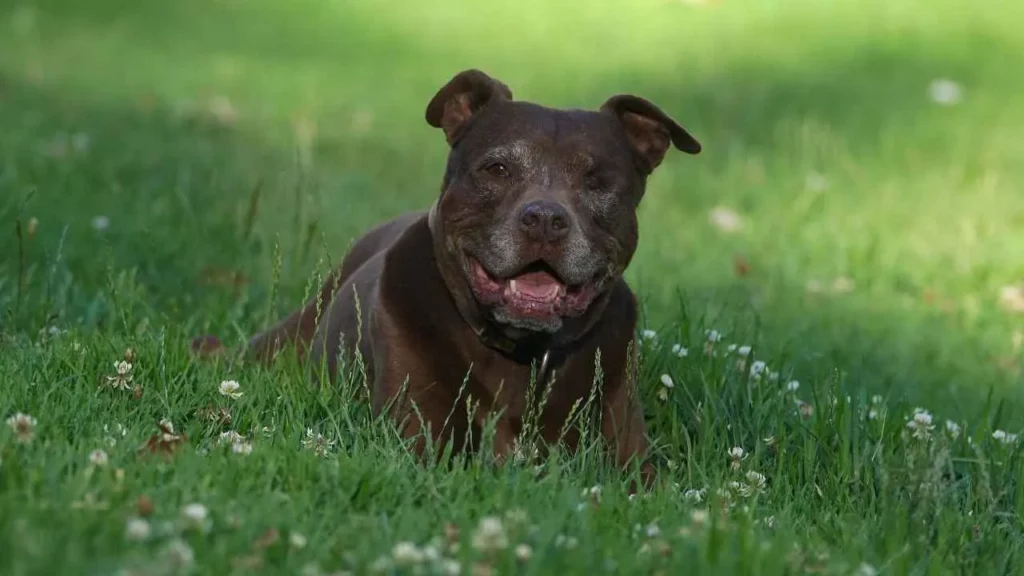
Shared vulnerabilities
Both breeds are susceptible to hip dysplasia, a condition where the hip joint doesn’t develop correctly. This can cause mobility issues as they age, particularly in athletic dogs.
Early screening and a healthy weight can help reduce long-term impacts. Some common health issues across the two breeds include ear infections and dental disease, often preventable with routine care.
Grooming and Maintenance Needs
Coat care and shedding
Both Boxers and Pitbulls have short coats, which makes grooming relatively low-effort. You won’t be dealing with tangles or high-maintenance brushing routines. However, Pitbulls may shed a bit more consistently year-round, while Boxers tend to blow their coat seasonally.
Skin and ear care
Pitbulls, due to their sensitive skin, benefit from gentle, hypoallergenic shampoos. If not managed properly, skin irritations can lead to costly vet visits.
Boxers, on the other hand, require attention to their folds (especially around the face) to avoid bacterial buildup. For both, ear cleaning is essential, particularly if their ears are cropped, which can change airflow and trap debris.
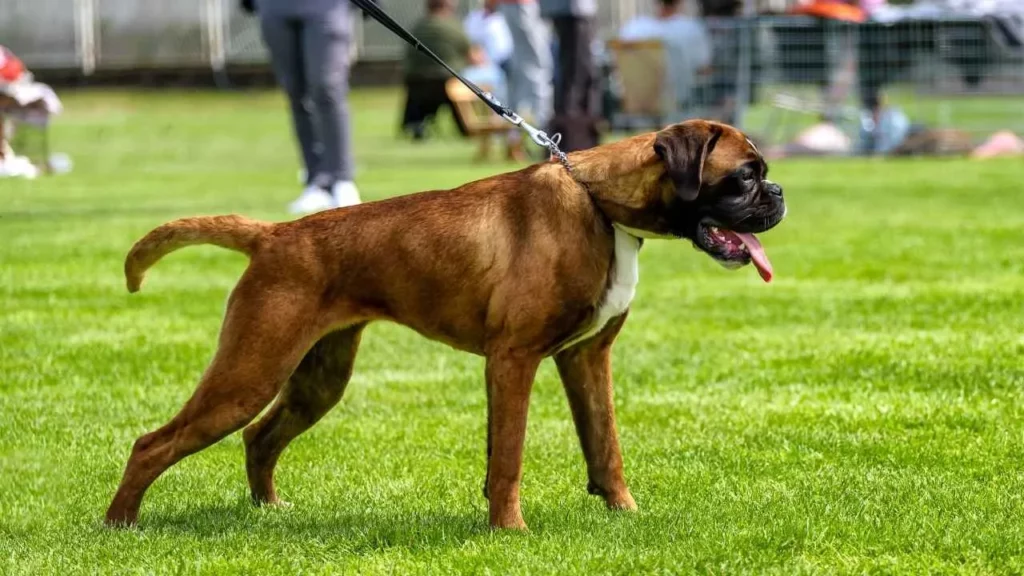
Time and energy commitment
Neither breed needs a significant amount of grooming time, but both demand regular physical activity and mental stimulation.
Boxers are famously the family clown, known for goofy antics and unpredictable bursts of energy, while pitbulls require consistent training and play to burn off steam. These highly energetic dogs won’t thrive with just backyard time.
Bathing and brushing basics
Weekly brushing helps distribute natural oils and remove dirt. Bathing can be done every month or two unless they get into messes. Nail trimming, dental hygiene, and routine checks should be part of every dog owner’s schedule, especially when keeping great family companions like these healthy and happy.

Conclusion
In the end, both Boxers and Pit Bulls break every stereotype they’re saddled with. Behind those strong frames are hearts made for bonding. They’re not just pets—they’re protectors, goofballs, and cuddle pros. If you want great family pets, both breeds deliver, but they shine in different ways.
Despite their past roles as fighting dogs, today they thrive as affectionate companions, especially when raised with older children in safe, structured homes. If you’re considering a purebred puppy, always go with ethical breeders who prioritize temperament over toughness.
When it comes to other breeds, Boxers are more social butterflies, while Pit Bulls may need slow introductions with other pets. By learning the key differences in personality, energy, and training needs, you can find your perfect fit.
At the heart of it all, these dogs don’t want a trophy—they just want someone to share the couch and their loyalty with.


